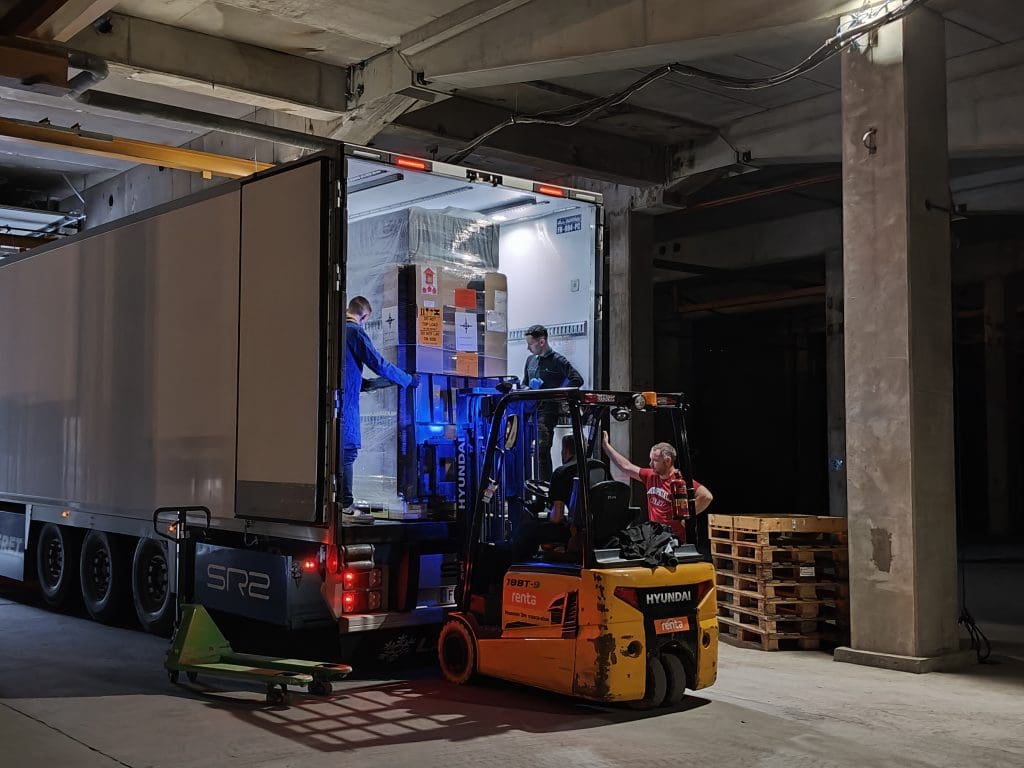The arrival of the first Roihu module at CSC’s Kajaani data centre marks the beginning of a new era for Finnish research. Designed from the ground up to serve a broad spectrum of scientific fields, Roihu will triple the nation’s existing high‑performance computing capacity, replacing the ageing Mahti and Puhti systems. Its launch comes at a time when the demand for faster, more secure computational power is surging, driven by advances in artificial intelligence, climate modelling, genomics and other data‑intensive disciplines.
A Quantum Leap in Computational Power
Roihu’s architecture represents a significant departure from its predecessors. While Mahti and Puhti were built on a heterogeneous mix of CPUs and GPUs, Roihu integrates state‑of‑the‑art accelerator nodes that combine silicon‑based processors with specialised AI cores. Early estimates suggest that the new system will deliver more than 30 petaflops of sustained performance, a figure that dwarfs the 10‑petaflop ceiling of Mahti.
The LUMI data centre, which hosts Roihu, underwent a year‑long expansion to accommodate the machine’s power and cooling demands. Engineers added a dedicated 40‑MW power feed and upgraded the liquid‑cooling loops to maintain optimal operating temperatures across the 1,500 racks that will house Roihu’s hardware. This infrastructure not only supports the raw computational load but also ensures energy efficiency, a key metric for sustainable supercomputing.
Installation progressed slightly ahead of schedule, a testament to the meticulous planning that preceded the first shipment. As the modules are stacked, the facility’s control systems are calibrated to monitor thermal gradients and power draw in real time, allowing for fine‑tuned adjustments that keep the system within safe operating parameters.
Unlocking Sensitive Data for Scientific Insight
Beyond raw speed, Roihu introduces a suite of security features that will enable researchers to analyse sensitive datasets with unprecedented confidence. The system will incorporate hardware‑level encryption and secure enclave technology, ensuring that personal health records or ecological data cannot be accessed without strict authentication.
This capability opens new avenues for interdisciplinary work. For example, a team of epidemiologists could run complex models on anonymised patient data to trace disease spread, while simultaneously a climate scientist could overlay those findings with regional environmental variables. The controlled environment also satisfies regulatory frameworks such as the EU General Data Protection Regulation, giving researchers the freedom to push the boundaries of data‑driven discovery without compromising privacy.
Higher education will benefit as well. By granting students access to Roihu’s protected workloads, universities can train the next generation of scientists in best practices for handling sensitive information. This hands‑on experience is essential as the demand for data‑savvy talent grows across academia and industry.
Transition, Sustainability and the Road Ahead
The decommissioning of Mahti and Puhti will follow a carefully staged plan that aligns with sustainability principles. After Roihu’s acceptance testing in early December, the pilot phase will open in February 2026, with full public access scheduled for March. Puhti’s computing services will cease a month after Roihu goes live, while its storage and login nodes will remain available until the end of June to allow users a smooth data migration. Mahti will be retired in August 2026.
CSC’s Development Manager, Sebastian von Alfthan, has announced that the retired systems will be donated to suitable recipients, either for continued research use or as spare parts. This approach reduces electronic waste and maximises the lifecycle value of the hardware.
The transition period also provides a window for capacity building. Researchers will receive training on Roihu’s new interfaces and security protocols, ensuring that the system’s full potential is realised from day one. By embedding this knowledge in both faculty and students, Finland is positioning itself as a leader in responsible supercomputing.
Looking Forward
Roihu’s launch is more than a technological upgrade; it is a strategic investment in Finland’s scientific future. By delivering three times the computational power of its predecessors, providing secure access to sensitive data, and adhering to sustainable decommissioning practices, the nation is setting a benchmark for high‑performance computing in the Nordic region.
As researchers begin to harness Roihu’s capabilities, we can expect breakthroughs that span from personalised medicine to climate resilience. The machine’s design, which balances raw speed with stringent security, will likely influence how other countries approach the next generation of supercomputers. In the broader context, Finland’s commitment to responsible, high‑impact computing underscores the role of technology as a catalyst for societal progress.

